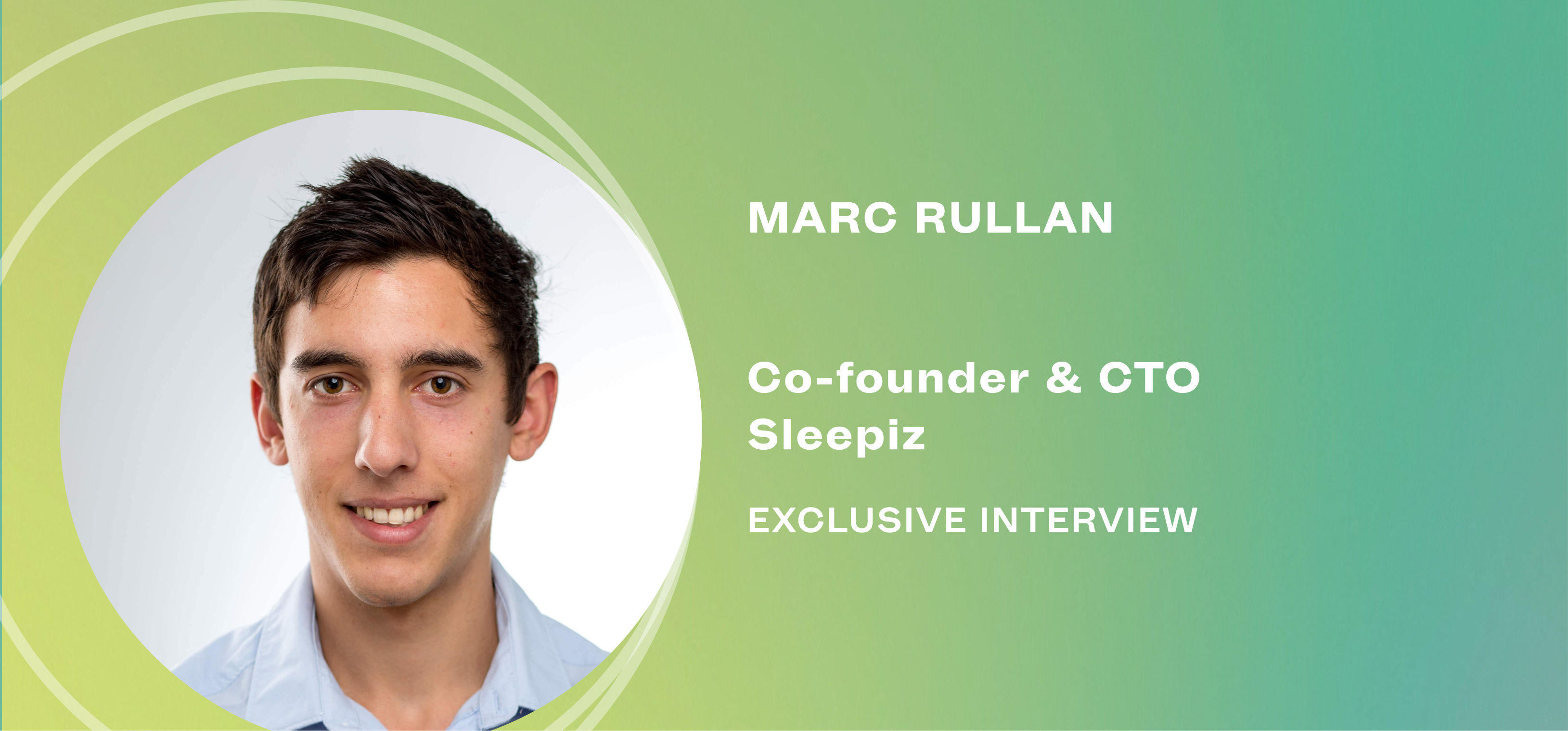Article

The Beginning Of A New Decade – Market Defining Trends In The Insurance Industry
Technology is about to transform insurance
Customer and market expectations in the insurance industry have been undergoing major change and the COVID-19 pandemic led to a surge in demand for digital services and products. A demand that digital insurers and tech giants are increasingly trying to leverage by implementing new technologies into their operations or by coming up with entirely new business models. As we are entering a new decade, we start to see how these technological advancements are reshaping the insurance industry in its entirety.
Let’s take a look at three key trends and technologies that are driving change today and how they can be utilized to increase productivity and lower overall costs.
Trend 1: Artificial Intelligence (AI) & Automation
Probably the single most important technology, AI has the power to transform every aspect of the insurance business (e.g. from customer acquisition to automated claims processing).
Today, AI is mostly utilized for robotic process automation, improving customer onboarding processes and leading to faster and more precise claims handling. In the near future, we will see AI make its impact on underwriting, pricing and fraud detection as well.
Role models that have successfully implemented AI at scale include american P&C insurance startup Lemonade and Chinese general insurance startup ZhongAn. Lemonade’s AI for example almost completely handles claims processing on its own by utilizing anti fraud algorithms. If no fraudulent behaviour is discovered, the AI instantly takes care of the claim settlement. Only if the AI can’t rule out fraudulent behaviour the claims process is handed over to a specialist.
While this is in itself already very impressive, both ZhongAn and Lemonade have almost completely automated their sales processes and sell their insurance policies through their AIs and without any human interaction. To take it even further, ZhongAn utilized their deep data knowledge and AI capabilities to design products and insurance policies that were unheard of in other markets, such as flight delay insurance based on real-time weather data and purchase history data to dynamically determine pricing and payout conditions.
 Ultimately, AI has the power to eliminate the need for paperwork and brokers and will automate many repetitive, time consuming tasks, minimizing the need for human workers. Those who manage to successfully implement AI will thus be rewarded with significantly reduced costs and vastly improved efficiency and productivity.
Ultimately, AI has the power to eliminate the need for paperwork and brokers and will automate many repetitive, time consuming tasks, minimizing the need for human workers. Those who manage to successfully implement AI will thus be rewarded with significantly reduced costs and vastly improved efficiency and productivity.
Trend 2: Advanced Analytics:
With the advent of wearables, smart home devices and the internet of things, insurers see themselves faced with an amount of data that is growing at an ever increasing rate. Facing competition from tech giants like Amazon, Apple, Facebook, Google or Alibaba, who all have implemented technologies to make sense of the vast influx of data, insurers need to build up capacities in this area too in order to stay competitive in the near future.
By doing so they will gain invaluable, precise insights to their business and their customers, allowing them to dynamically segment their users and needs, model behaviour and identify expectations. These insights can then be used to adjust policies, optimize business strategies and to identify new growth strategies.

Trend 3: Cross Platform Communication:
As the demographics are slowly shifting, a new wave of customers is entering the market. These customers are used to the ubiquity and immediacy of services and products, regardless of the channel or device they are using.
Insurers will need to be able to provide these customers with information and functionality at any given time, anywhere. Today, this still poses a huge challenge for insurers, as many have slept on direct and mobile sales channels and their IT-architectures don’t support an omnichannel approach. But those who manage to establish a seamless and integrated customer journey will be rewarded by better customer insights, higher customer satisfaction and retention rates.
What does the future hold?
Currently, many insurers do not possess the capability to cluster their customers in small, clearly defined groups and to offer them products based on their individual needs. But in the future we expect to see a shift towards more usage-based, on-demand and all-in-one insurance lifestyle products. This will lead to insurance products that are more personalized and incorporate flexible coverage, micro insurance or peer-to-peer insurance. An important step in the right direction will be the ability to offer transparent policies that are easy for the customer to sign and to make it easy for customers to find a solution fitting their current needs.
Fuelled by technological advancements the industry will see a fundamental transition away from its traditional roots of providing customers with a product that protects against loss. Instead, insurance will move more and more towards offering increasingly proactive, preventative products.
Examples of this will first be seen in areas like home insurance, where IoT-enabled sensors will measure water flow in pipes or temperatures in rooms. If any irregularities are being detected, homeowners will receive a notification by their insurer, giving them the ability to call a contractor or the fire department before any real harm is done.
Although many of these technologies and trends are already being integrated and have an impact on the industry today, some of them will only unfold their full impact over the next few years. Advanced capabilities in the utilization of real-time data and data enrichment are necessary and in the end AI, advanced analytics and cross platform communication all need to be tied together to completely transform the insurance landscape. But we are certain that in the future these trends have the power to change the way we look at insurance once and for all.






